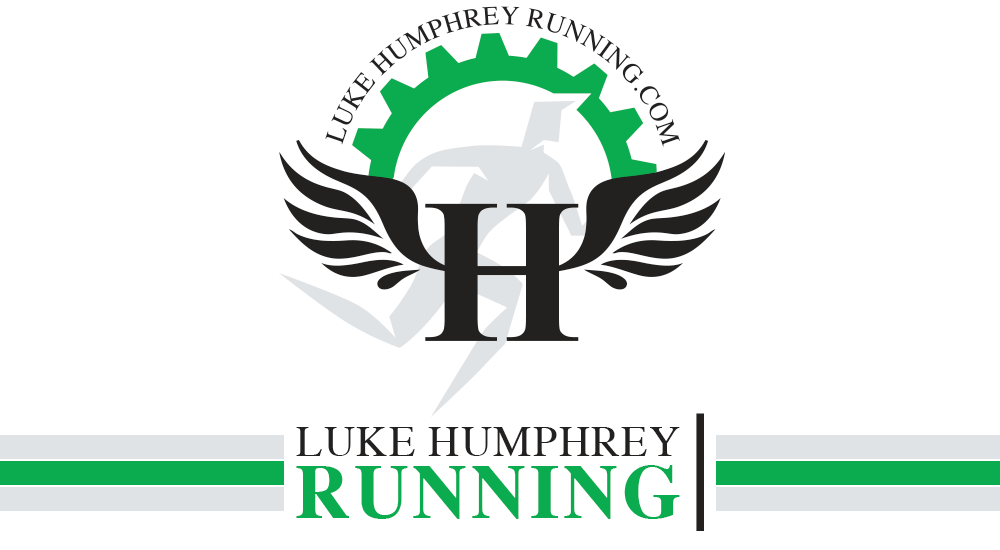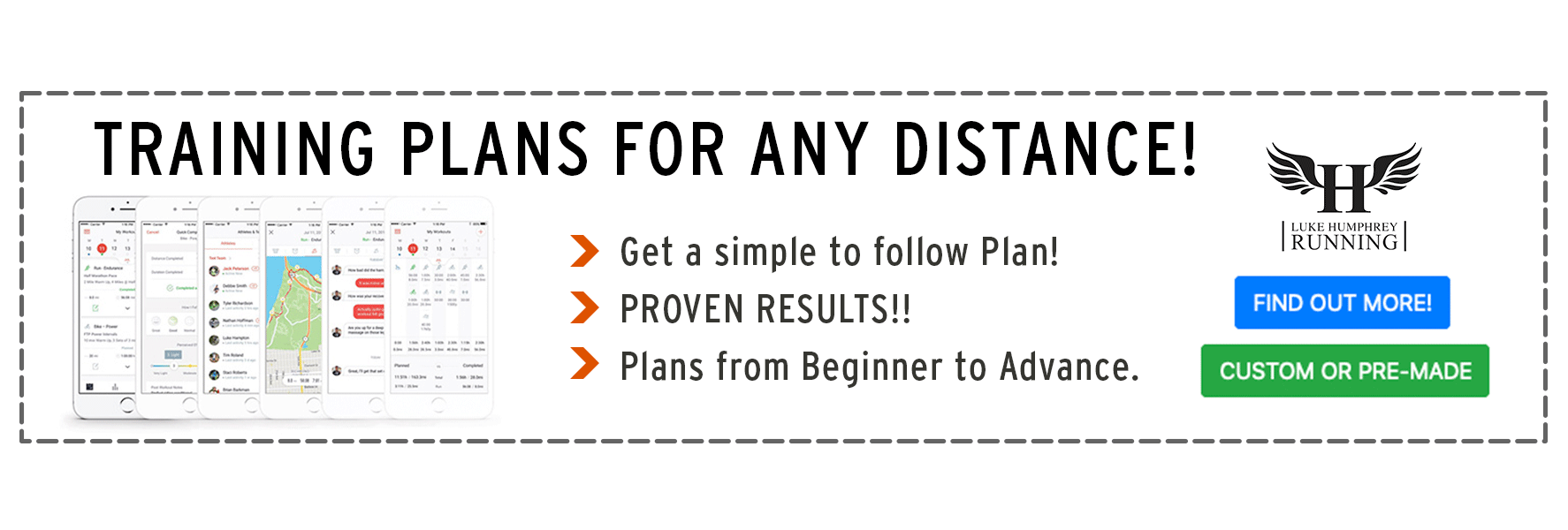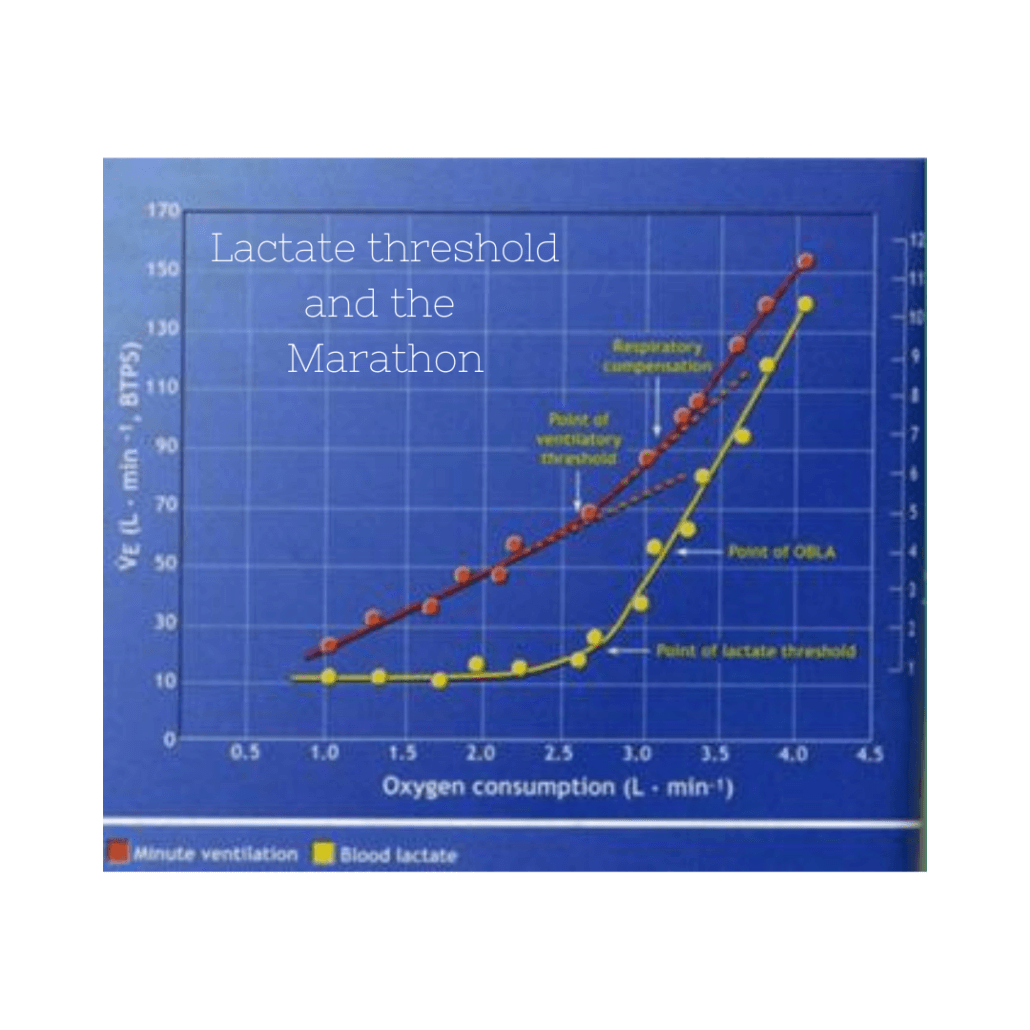Mixed Pace Workouts

If you have been following my Spring 2022 buildup, you’ll know that it has been a series of starts and stops. So, as of now, we are lurching forward like a 16-year-old learning to drive a stick shift. I have a starting point in my fitness (boy, was that a cold hard truth to admit) and a goal point (which seems like a distant point on the map right now). So how do we bridge that gap? I have shared some mixed pace workouts before, like the 6-4-2 (600’s at 10k pace, 400’s at 5k pace, and 200’s at Mile pace), but I hadn’t dove into what and why. Then I came across some stuff that made sense to me. I’d like to share that with you.
So, as I said, I have been at a point of building up, or at least, trying to. I want to build up to where I eventually want to be, but also had to recognize my current level of fitness. I was planning was a play on the faster 6-4-2 workout and did an 8-6-4 workout. The 8 consisted of 4×800 meters at my current half marathon pace. The 6 consisted of 4×600 at my current LT pace. The 4 consisted of 4×400 at my current 10k pace. The goal paces were 82-83 seconds per 400 for the 8, 80-82 seconds per 400 for the 6, and 78-80 seconds per 400 for the 4. The real kicker was the recovery. That was 1:00 per rep and 3:00 per set. For some of you that may seem normal, but for me and really a lot of the athletes who follow me, that’s pretty short. Let’s break down this workout a little more.
How did I choose this set of paces? The truth is, I haven’t raced since Boston in October. I really didn’t have any idea of what kind of shape I was/am in. So, this is finessed a little bit by what my workouts were telling me and what my training partner of similar ability was racing. Basically, I came to the confusion that I could run X in the 5k currently and then used an equivalency chart to spit out my other paces. If you have current races, you can dial it in better.
What is the goal of this workout? There are a few and that’s what makes these types of workouts so nice.
- Build time in the right “zone.” In this case, I want to increase my lactate threshold, so I am really working the whole spectrum of the desired range. If I spent the whole time in the slower end, it might be too slow and really have a minimal effect. If Ijust focused on the fast end, I might not be able to finish the workout. In this case, I spread it across the range. Think of it this way, I would have just gone out and done a 4-5 mile tempo at the average pace I sustained, it probably would have ended badly. With this, I accumulated 4.5 miles worth of work at an average pace that put me where I needed to be and I did it on minima rest.
- Good muscle recruitment situation. By the time I had tired myself out with the “slower” paces, my body was forced to recruit more muscle fibers to hit the slightly faster paces at the end of the workout.
- It was mentally stimulating. This was great for starting out at a pretty comfortable pace, but by the end really had to force me to stay on top of what I was doing and be attentive to the situation. This is a great way to learn control for those who struggle with the idea of “just because I can, doesn’t mean I should.” By that, I mean, early it’s easy to go faster than prescribed, but you run the risk of blowing up on the backside of this workout.
- Getting faster work while tired. This goes along with the muscle fiber idea, but to add to that is the idea that the amount of work you really need to do is small. So, going this route allows you to introduce some faster work without going overboard on the volume at that pace.
How do we use this type of workout?
The more I dig in and think about it, these workouts can be used in a variety of ways. How I was introduced to them was providing stimulus for middle distance runners, but the idea can be expanded to all distances. There is the idea that you build the speed first, then worry about the rest. How I interpret that is, you first introduce the speed. You don’t worry about the rest. If you need more, you take it. You gradually add more volume at the speed until you can handle the desired amount at that speed. At that point, recovery and rest between workouts are more tightly controlled. Now, remember, this is in terms of workouts for a mid distance runner. If we are talking a 5k runner to marathoner, I think we handle a little differently. Go back and take a look at that rest for my workouts. I was doing an 800 in about 2:43 and took a 1:00 jog in between. This is a rest-to-work ratio of 1:2.5. For the 600’s I was running about 2:01 with a 1:00 jog, making a rest-to-work ratio of 1:2.0. Starting to get more. For the 400’s I was running about 78 seconds, which then made a rest-to-work ratio of 1:1.25(ish). So I am over the course of the workout I am getting close to as much rest as I am working. A bigger relative rest. Long story short, this workout in this case was more of an introductory workout. However, it’s also a workout that can be used at about any stage on a regular basis with different variables being modified.
What could be modified?
In this case, It’s an LT workout designed for part of a say 10k to half marathon segment. While 4.5 miles is a solid amount of work for a half marathon, we could certainly bump that volume up to 6-10 miles depending on ability and weekly volume. So, that could be my main goal if I were already close to the pace I’d like to run. If I am not close to that pace, I should focus on keeping that same volume, but either tolerate the current paces better or gradually ramp up the paces. If I were running fast but taking bigger rests, then I may want to focus on keeping the volume/intensity the same but doing so on less recovery. If recovery and pace are solid, then I may want to increase the distance of the repeats. Instead of an 8-6-4, I may pump up to 1k-800-600 and try to do more- within the guidelines we just discussed. If I am doing an LT type workout early in a 5k/10k type segment, then I might go the other direction and work down to something like a 6-4-2 and get the paces from 10k to 3k or 10k to mile pace. As you can see, there’s a lot of different ways you can go.
What about the marathon distance?
To me, there are a couple of approaches I would take with this. One of the biggest issues I see is when people are trying to make a big jump in training. For instance, they ran 4 hours and want to run 3:30. The problem is, they haven’t even run 1:45 in the half yet! That’s a scary thought to come through halfway faster than my half marathon PR and then have to do it again! In any case, this type of situation can make straight up marathon pace tempo runs and strength workouts a very big challenge. And, if we go overboard too soon, we overcook and may not even make it to the starting line. Let’s say you have a 6 mile tempo and you know that at your goal pace it’s gonna be a disaster. How about this- 3×2 miles with 1:00-2:00 recovery jog. 2 miles at previous marathon pace (what you last trained and raced at), 2 miles at your current marathon pace, 2 miles at your goal marathon pace. Hit that and you’ll average pretty close to current marathon pace. Guess what, you’ll get faster at that over time until your current marathon pace starts to close the gap with your goal marathon pace. And, if it doesn’t, you have a very good idea of where you truly are and what your current race potential is.




